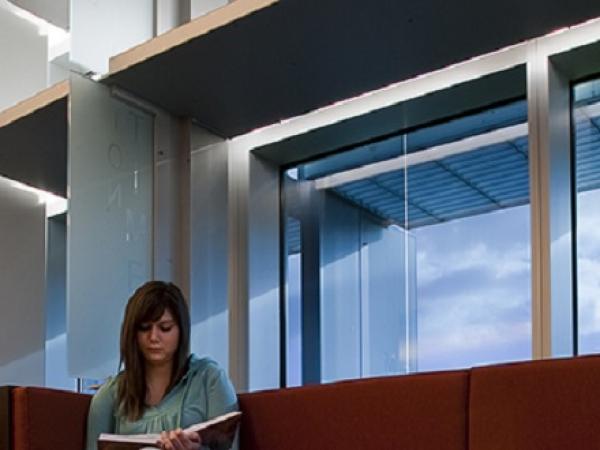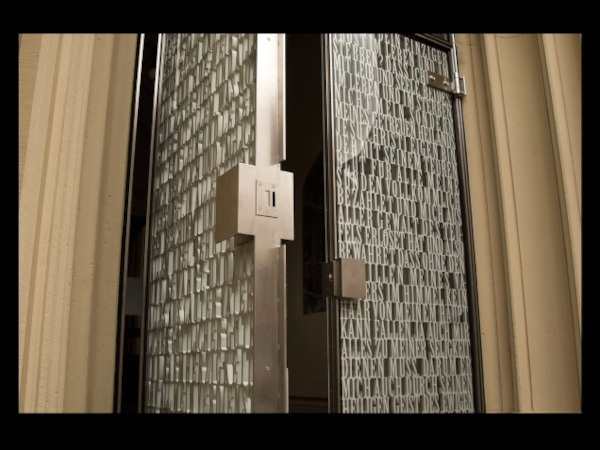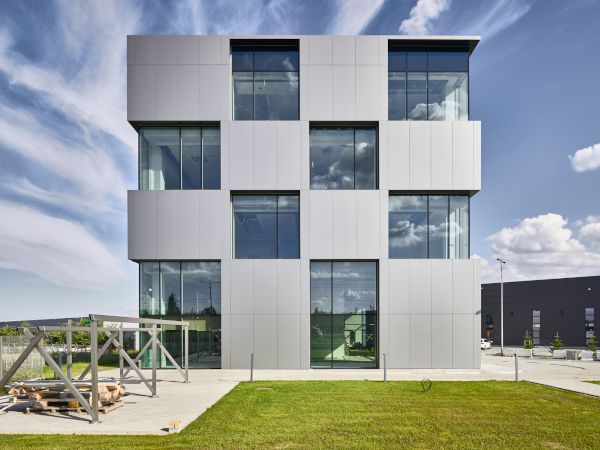
Date: 14 January 2016
This world of less than inspiring classrooms and the constant glow of electronic devices is missing an essential component that contributes to increased learning and productivity – natural daylighting. Students pursue a higher education to achieve their dreams and future careers, shouldn’t universities provide them with the best environments in which to accomplish these tasks?
With dynamic glass, universities can incorporate natural daylight into the learning environment and maintain unobstructed views of the outdoors, both of which are proven to have positive effects on student mood, test scores and health.Natural daylighting is a simple solution that can produce measurable results for students and staff.
In study after study, daylighting in the classroom has been associated with improved performance and focus. Students who are in contact with natural lighting tend to be more attentive, resulting in greater productivity in the classroom. In fact, the Alberta Department of Education found in a study of more than 21,000 students in Canada and the United States that students in naturally lit environments progressed 26 percent faster on reading tests and 20 percent faster on math tests.
Additionally, natural daylighting, which is much more accessible through the use of dynamic glass, has positive physiological benefits. Scientists at the Lighting Research Center in Troy, NY, found that day lit environments provided the mental and visual stimulation necessary to regulate human circadian rhythms. By being around natural light during waking hours, students are more in-tune with their biological circadian rhythms, allowing them to experience the proper cycling of light and darkness, which should help to dispel the sleepless college stereotype.
Along with giving students a competitive edge, incorporating large amounts of dynamic glass also adds a “wow” factor to academic facilities, which is critical for attracting top students and staff. Modern facilities that feature innovative electrochromic glass technology will be set apart from those facilities with traditional glass shaded by blinds.
The use of dynamic glass also shows that a college or university values sustainability efforts. Because sustainability initiatives are now a necessity, rather than a preference, campuses that stay abreast of the latest trends will attract top-tier, socially conscious students. It’s a win-win situation – students are pleased with the university’s environmental commitments while the university reduces costs by relying less on energy-intensive HVAC units and expensive lighting systems.
The installation of electrochromic glass in higher education facilities is a growing trend! Recently, SageGlass was installed at Colorado State University, and this spring, 25,000 square feet of dynamic glass will be installed at Bowie State University.
With all of the available benefits of electrochromic glass, from increased classroom productivity and focus to showcasing your campus’ commitment to sustainability, it’s time to implement this technology and give your students and university a competitive edge. A student’s success begins with improved attention and focus, and electrochromic glass may just be the key!
.jpg)
 600450
600450









Add new comment